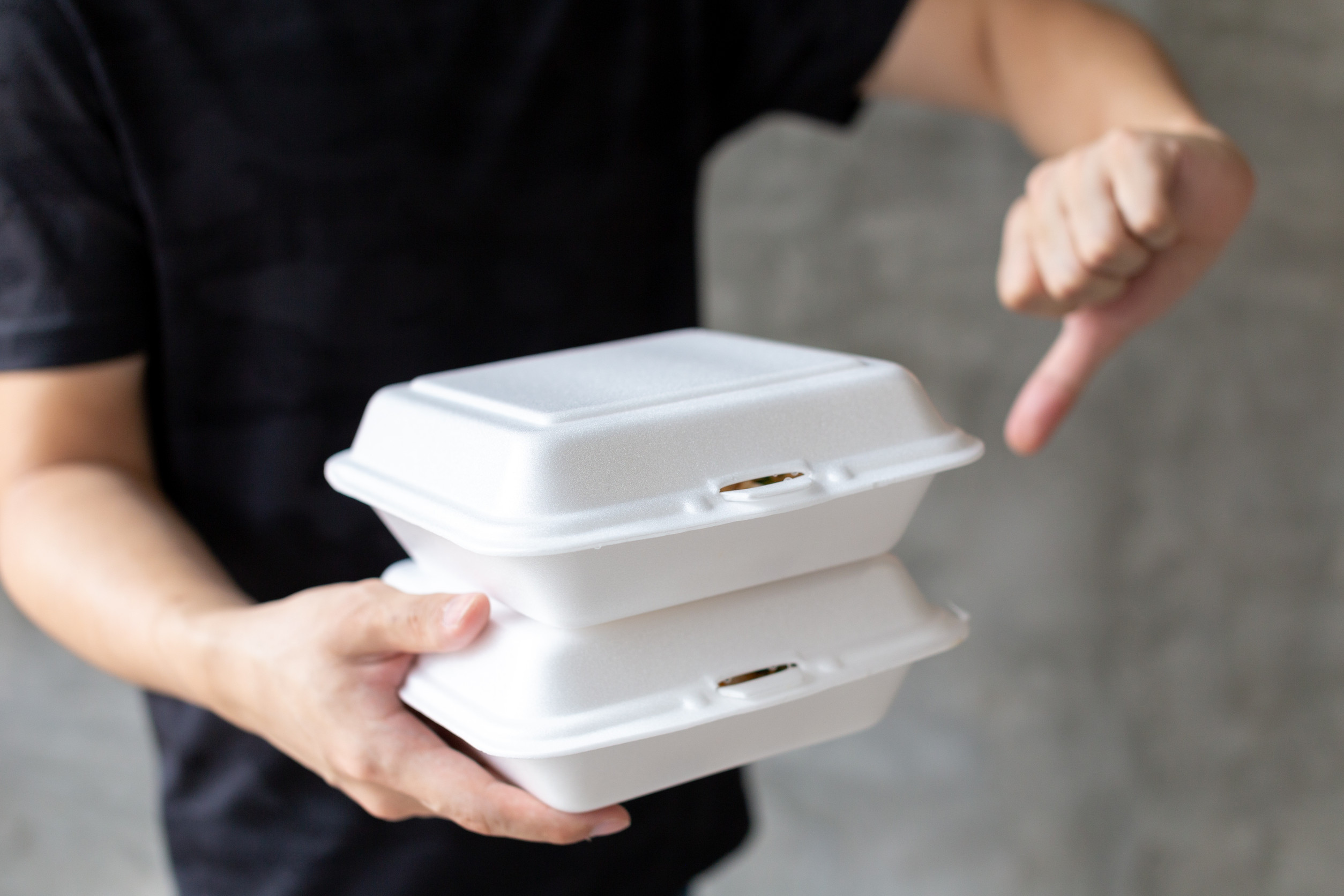The biggest hurdle solar cells have to overcome is overheating because converting sunrays to electricity—unsurprisingly—is a very hot process. When solar panels get hot their efficiency dramatically decreases. Engineers from Stanford University have found a solution to this problem by adding a thin layer of silica glass on top of regular solar cells. The silica glass creates a bunch of microscopic hills and valleys that dispel excess thermal heat, letting the solar panels stay self-cooled and making them more efficient.

Self-cooling solar cells increase efficiency and lifespan
More of Today's Solutions
California leads the charge: why banning polystyrene foam is a game-changer
BY THE OPTIMIST DAILY EDITORIAL TEAM As of January 1st, California, the fifth-largest economy in the world, officially banned the use of most polystyrene ...
Read MoreTransform your daily grind with 3 simple strategies for a more engaging life
BY THE OPTIMIST DAILY EDITORIAL TEAM Ever feel like you’re stuck in an endless loop of the same dull routines? Mondays blur into Fridays, ...
Read MoreAdding less salt to your food can add years to your life
In some cultures, it is considered polite not to season your food at a restaurant or at a friend’s home. You eat it the ...
Read MoreCalifornia is a crucial lifeline for medical residents seeking abortion training
In recent years, as states grapple with tightening abortion restrictions, medical residents seeking comprehensive training in reproductive medicine have faced significant hurdles. However, California ...
Read More










